SUMMARY
This is AI generated summarization, which may have errors. For context, always refer to the full article.
![[OPINION] Finding the ‘Filipino-ness’ of the Filipinas](https://www.rappler.com/tachyon/2023/08/Finding-Filipino-ness-Filipinas-August-5-2023.jpg)
There’s an old sports joke on Britain’s tennis great Andy Murray – he’s British when he wins, but Scottish when he loses.
I’ve always found this funny since, in quite a similar vein, it holds true for us Filipinos.
It happens quite often. Foreign athletes with Philippine roots – many of them from families of US immigrants, Filipino-Americans or Fil-Ams, as we’ve long called them – getting questioned on their “Filipino-ness.”
Yet as soon as these supposed foreigners carry our flag to golden heights, we celebrate their glory and embrace them as ours. The “Fil” in the Fil-Am now carrying more weight than the “Am.”
It’s amusing, really, because how do we know if one is Filipino enough?
Recently, the “Filipino-ness” of our national athletes turned into a hot topic again when the Philippine women’s football team, nicknamed the Filipinas, made history as the first squad from our country, male or female, to reach the FIFA World Cup.
It’s a mixed-race roster, so quite expectedly, they got grilled on their legitimacy to represent the Philippines.
“US Team B,” one commented on social media on the mere basis of their looks and last names – Bolden, Long, Beard, McDaniel, Eggesvik, Guillou, and the rest of the 23 who were mostly born and raised in Europe or America.
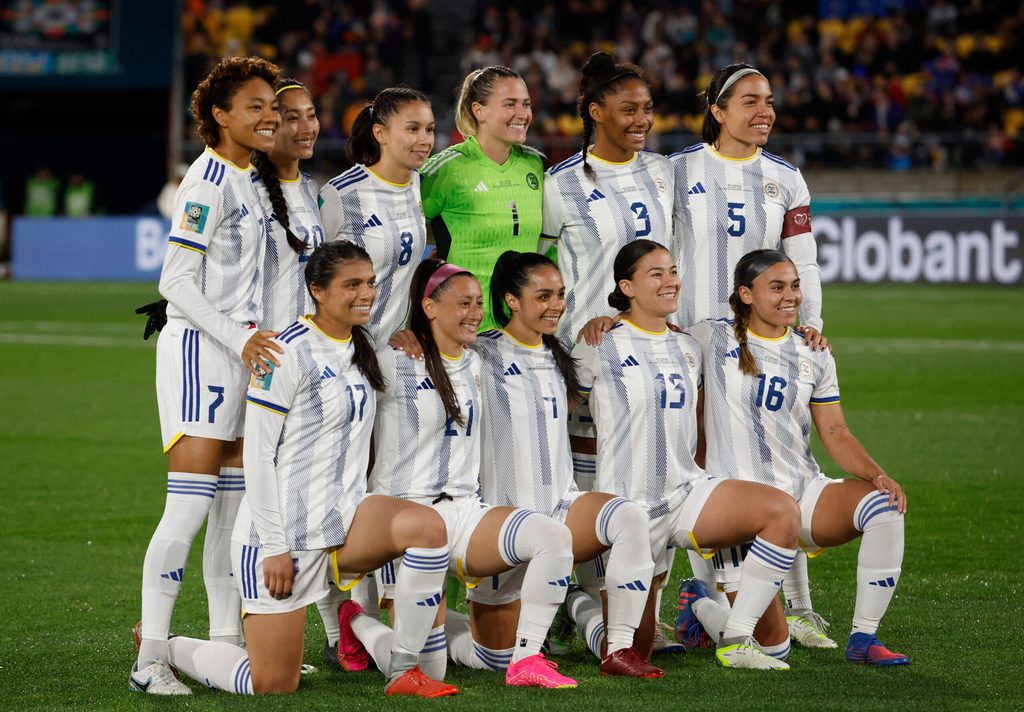
In Rappler, we’ve always thought athletes should be more than just names in our game stories, hence, our staple Fast Facts features.
So in this case, we thought it’s important to see glimpses of the Filipinas’ “Filipino-ness,” if that’s what it would take to appreciate these ladies who pulled off an unprecedented feat of bringing the Philippines to football’s biggest showcase.
More than career nuggets
We ran a quick profile on all 23 of them, just to show how they’re “Filipinas by blood, by flag, by heart,” proudly representing the country no matter if they were born in different parts of the world.
Initially, we thought of just career nuggets, but our ladies proved to be more than that off the pitch.
Filipinas defender Reina Bonta, for instance, is an award-winning filmmaker who graduated from Yale and also plays for a top Brazilian football club. She’s the daughter of California attorney-general Robert Bonta, who was born in Quezon City.
Sara Eggesvik, whose mother hails from Davao, can actually speak a bit of Bisaya (just check her TikTok videos). But this Fil-Norwegian midfielder is also studying to become a doctor, like her Fil-Am teammate Ryley Bugay.
Alicia Barker works as a cell line development scientist, while fellow Fil-Am Kaiya Jota looks set to study and play for Stanford University.
In interviews, these young ladies actually don’t mind proving their “Filipino-ness” as they share stories about their lolos and lolas, drop Filipino phrases beyond mabuhay, and during pre-match, even sing the national anthem with all their hearts (which we can’t say for some locals, in fact).
The mere courage, though, to battle it out on the field for flag and country, despite great odds, should be enough reason to celebrate these Filipinas – not only in times of glory – much like how we did for our homegrown superstars Hidilyn Diaz, EJ Obiena, and Carlos Yulo.
This, for sure, begs the question: Why can’t we produce more world-class athletes from our own backyard?
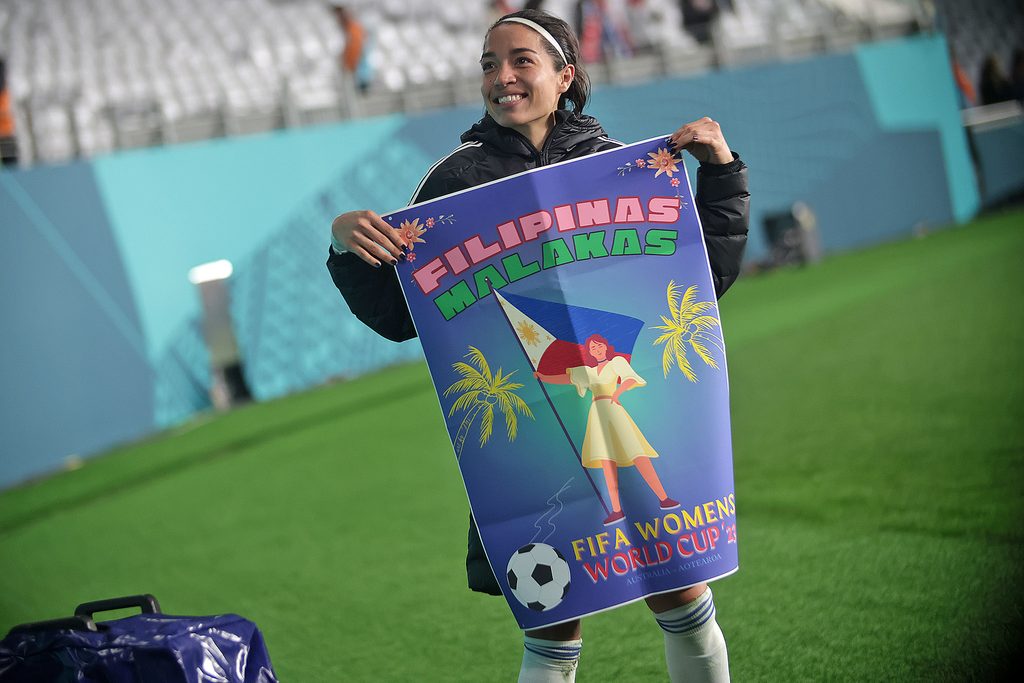
There’s the ongoing Palarong Pambansa, returning after four years of getting shelved due to the pandemic.
It’s the country’s biggest grassroots sporting event, and some of our legends were Palaro discoveries, like track stars Lydia de Vega and Elma Muros, and swimmers Eric Buhain and Akiko Thomson.
Third-world woes
Unfortunately over the years, a lot of promising talents also fell through the cracks. It’s a sad reality among third-world countries as sports isn’t a priority for them.
Mainly, it’s the lack of funding – for training, equipment, nutrition, and everything else needed to whip a world-caliber athlete – that pulls the Philippines farther and farther away from the podium.
Since few local talents can really match with first-world foes, we sometimes end up tapping Fil-foreigners to give us a fighting chance on the international stage.
In some teams, like Gilas Pilipinas in basketball, we even naturalized Ginebra’s American import Justin Brownlee, since realistically, most Filipinos will never be gifted with the same height and heft of the Caucasians and Africans.
The gap will again be glaring in a few weeks’ time when basketball’s best fly to Manila as the Philippines hosts the FIBA World Cup late this month.
Although we’re bound to see the disparity in talent live, it’s also one of those opportunities where our local athletes and coaches can learn, because even if we’re a basketball-crazy nation, we know we’re still far behind.
Since we’re also nowhere near being a football country, a mixed-race squad, coaches included, may just be what the Philippines need to grow.
Not only do we need a boost from their advanced skills and knowledge, but they’re also the ones who can plant grassroots inspiration on how far we could go. And perhaps, by then, we can easily see the “Filipino-ness” of all the brave warriors fighting for the country’s glory. – Rappler.com
Add a comment
How does this make you feel?
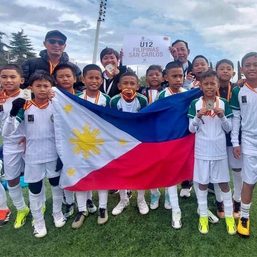
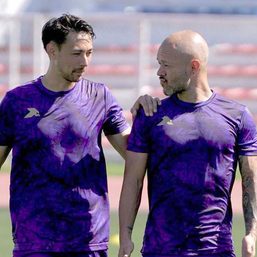

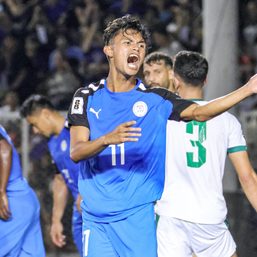
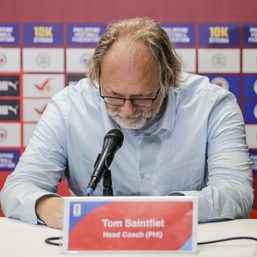
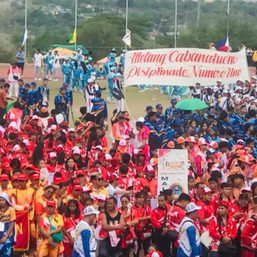
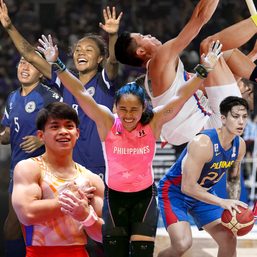
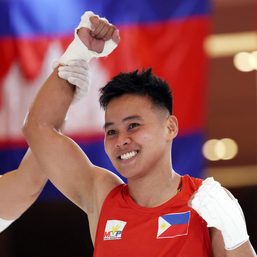
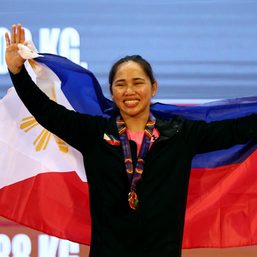
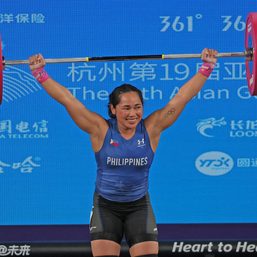
There are no comments yet. Add your comment to start the conversation.